The Fall has finally arrived. We had an extraordinary extended summer that lasted three weeks into October. I have never seen this before. The truth is I feel I was lucky to get more than the siding done in the first place. But, I had hope that I could squeeze in staining the deck railing in September.
Of course, some choices I made and compromises on other priorities effected my ability to squeeze it in. I choose to go to the range in September and October. My wife wanted new doors and a window installed. A lot got done, just not the railing. It’s one of those things that started with giving the wood a few weeks to dry out that turned into no time left to complete.
But, it’s OK. I don’t regret taking some time for what I want to do. It wasn’t worth arguing with my spouse on what she wanted done. What I am trying to say is that we all have things that didn’t get done. Hopefully, they are things that have justifiable reasons like mine.

I really didn’t think I was going to write this much on that situation. What I had intended to do was talk about water based vs. oil based stains. When it comes to decks or outdoor exposure, there are no winners here. No single coating type can withstand year over year water and traffic and look good. So, we need to accept the limitations and look at the pros and cons.
One choice to make is do nothing at all. In my area of the country, pressure treated wood is made out of hemlock, whereas a large area of the country pressure treated is southern yellow pine. The two are distinctly different in appearance, hemlock pressure treated wood is very rough due to the process. In my opinion, it is best left alone or treated with a solid stain or paint (more on that later). Woods like cedar and redwood weather gracefully and do not need protection to last for years.
Eventually, they will start to get rough as water raises the grain repeatedly. The use of stain will extend the life of the wood for much longer. So let us look at the two choices. Water based uses water as the carrier for the resin. Imagine millions of little balls floating around. As the water evaporates, the balls get closer and closer until they touch and eventually become one. This leads water based coatings to form a film.
With oil based, the resin is dissolved (not really, but close enough). This allows it to penetrate into the wood. As the solvent evaporates the resin sets with contact to oxygen which causes it to ‘harden up’. I am ignoring things like epoxy coatings and water based alkyds (alkyd is the type of polymer that is used in oil based) and all kinds of other technology like silicones (ABC’s Water Seal).
Film forming (water based) versus penetrating (oil based) are the largest performance differentiators. Film forming has the best overall durability and protection. The major downside is that once failed, recoating must be done with water based and my observation is that the films tend to peel. This causes recoating to be less than satisfactory.
Oil based tends to have significantly less durability. Typically I see one to three years maximum. The primary advantage is recoating is significantly easier because there is no peeling. I also think that oil looks the best. So, this is the solution that I chose.
Of course, I would be remised to not mention the clean-up aspect. There is no doubt in my mind that that I would have started and did a couple hours a day if I wasn’t afraid of the pain in the butt it is to clean oil based brushes and supplies. That is how I work primarily, finding full weekends is almost next to impossible. When I go to tackle this next year, I will just have to jump in and deal with the consequences.
I can’t recommend brands because I am not familiar with the choices. I did sit through some marketing oriented reviews and it seemed like there were some repeat brands that showed up. I would recommend seeking advice from a paint store rather than a box store or even contractors. I didn’t buy from my favorite paint store because consumer reports gave it terrible reviews so I went with a brand that came up as best in category in several different reviews.
Remember, price is an indicator of performance. $30/gallon has different expectations than $200/gallon in my book. Lastly, lumber from the lumber yard has about 20% moisture content unless it is pressure treated and then it is significantly more. It needs a few weeks to dry out for a proper application of coatings. Even though most films are breathable, meaning moisture can get out (as well as in; ever seen something painted and rotten at the same time?), you want the best mechanical bond you can get so the film doesn’t flake off. That doesn’t happen when something like water vapor is pushing the opposite direction or moving the grain underneath.
End Your Programming Routine: The solution here is complicated with no good choices. The truth is this is why I chose to use synthetic decking in the first place. I already said that I was going with oil for the railing for looks and future maintenance. That being said, if I was going for a solid stain, I would probably have chosen a water based product.




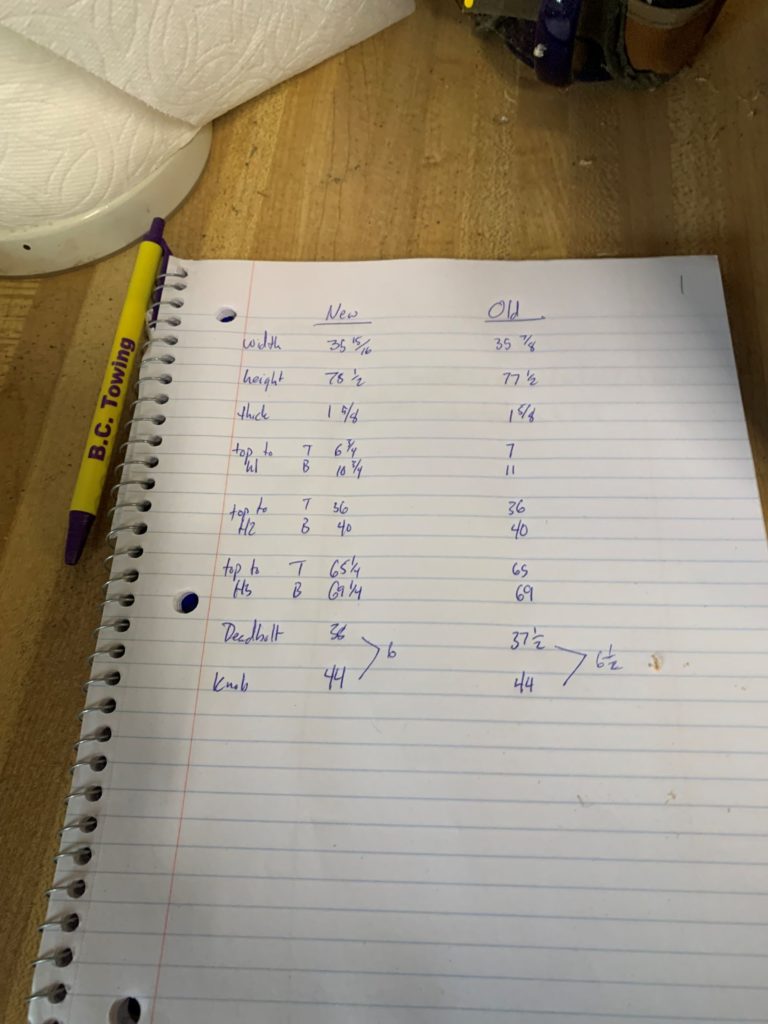


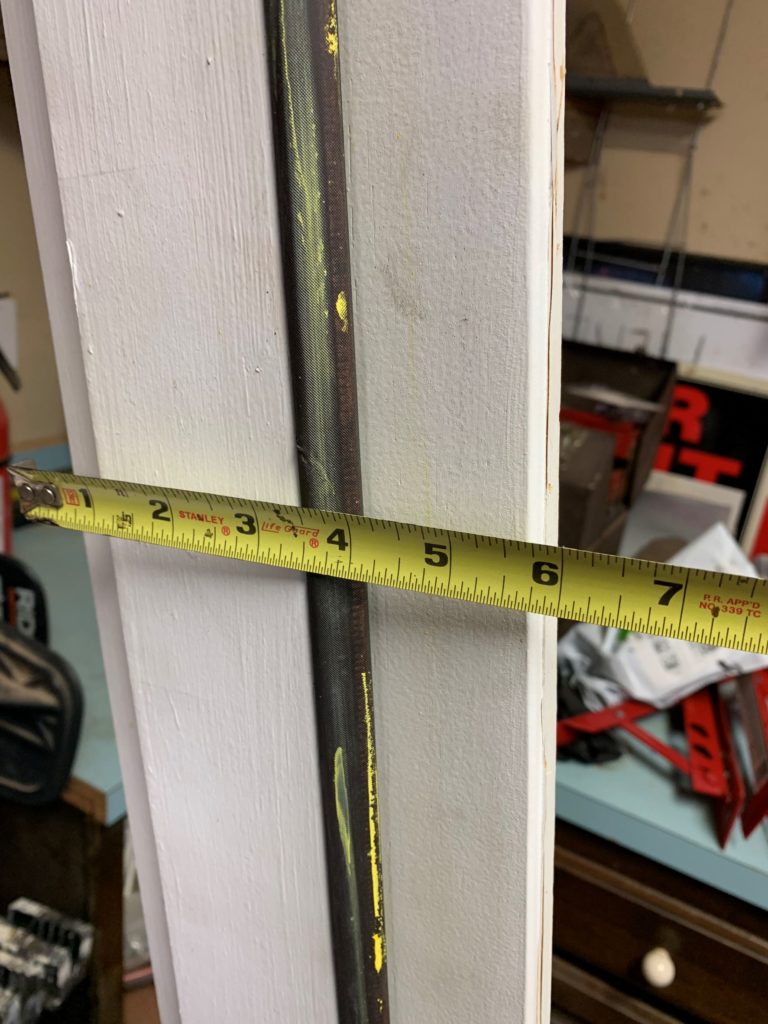
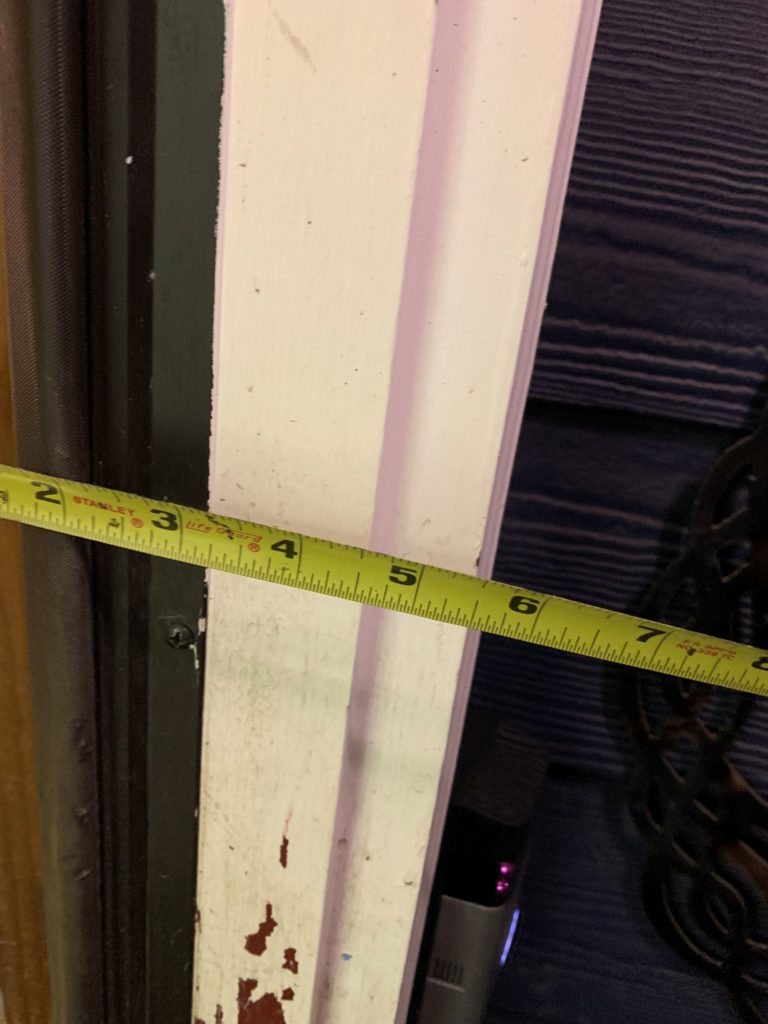
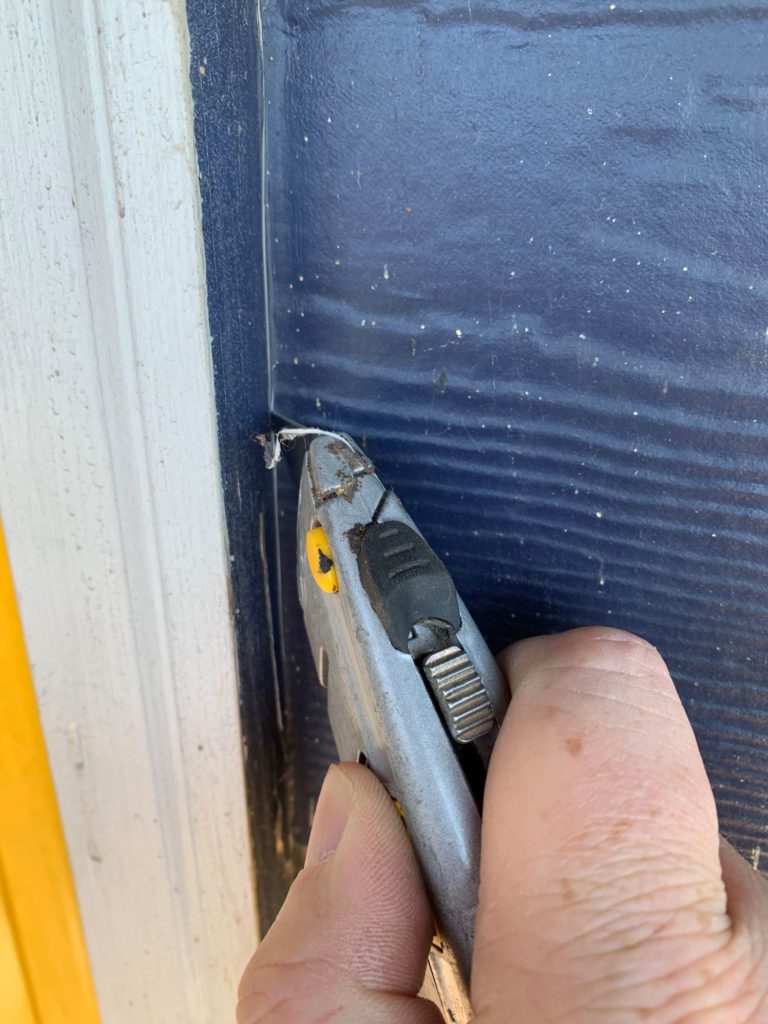

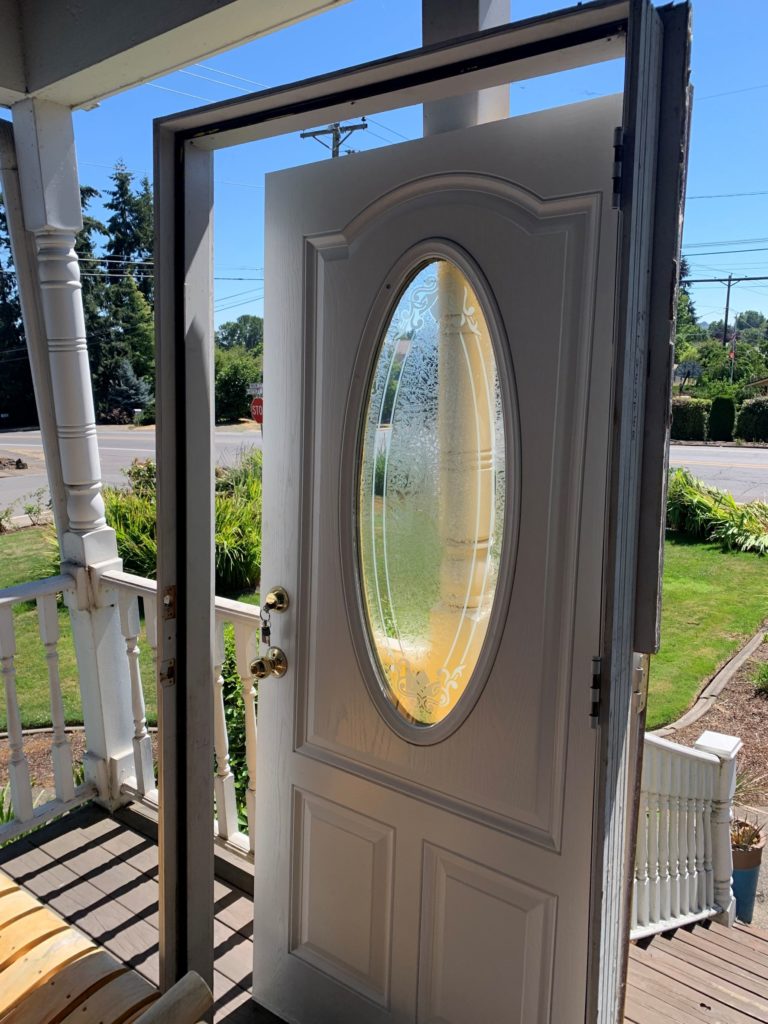
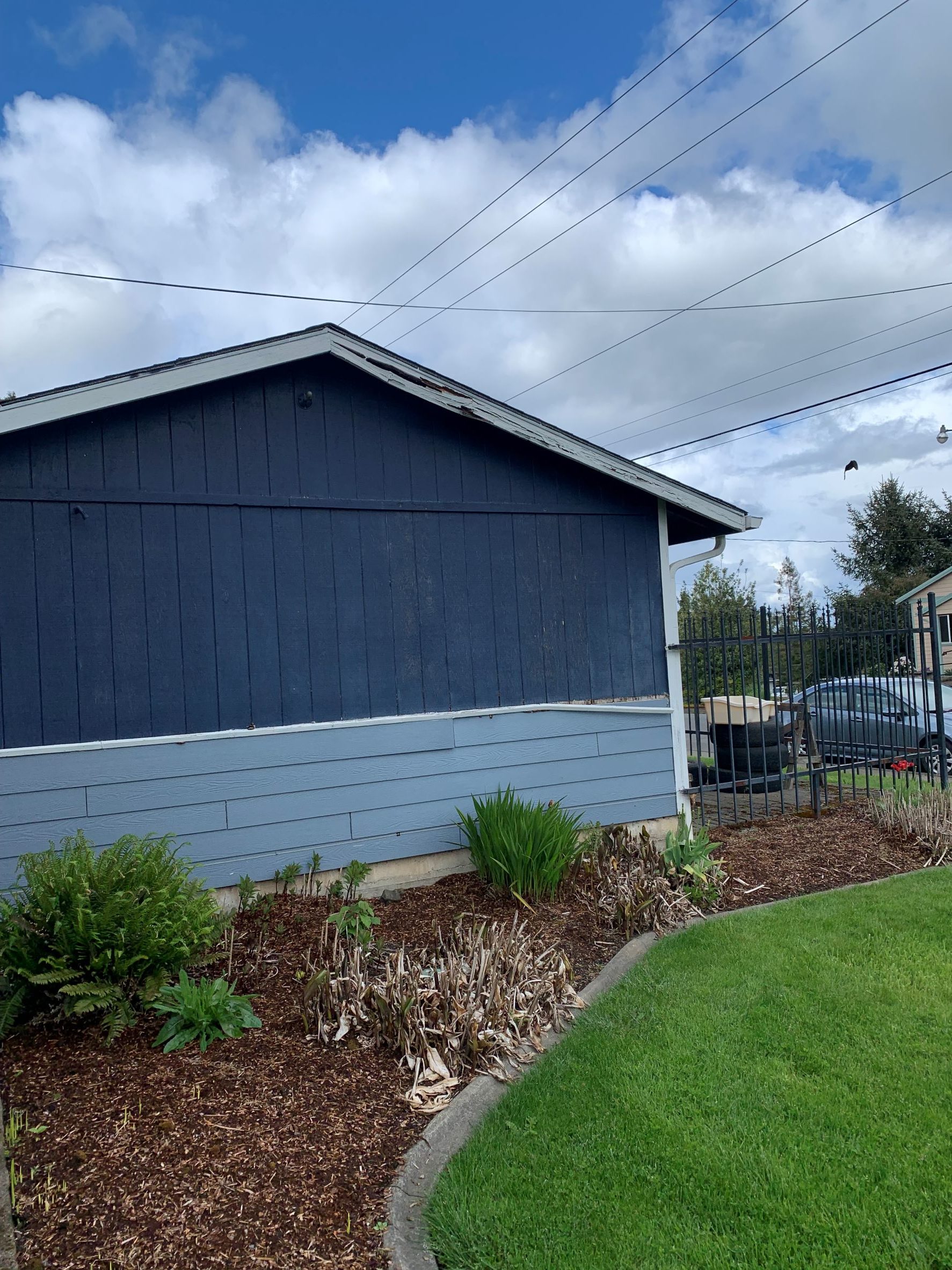

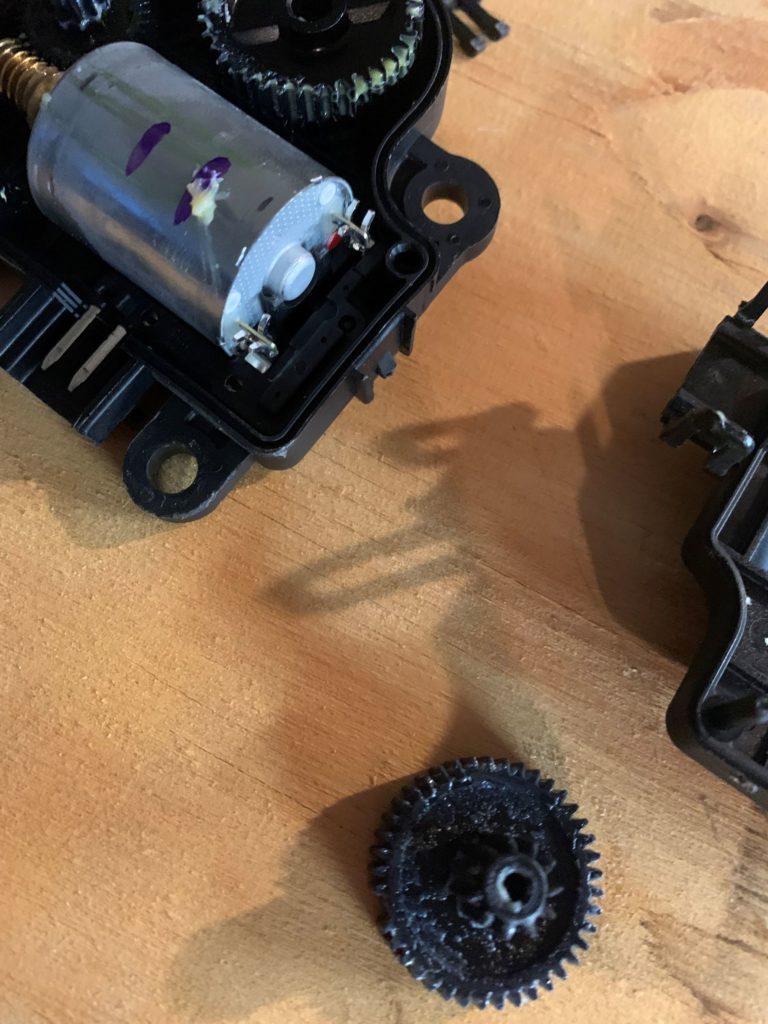

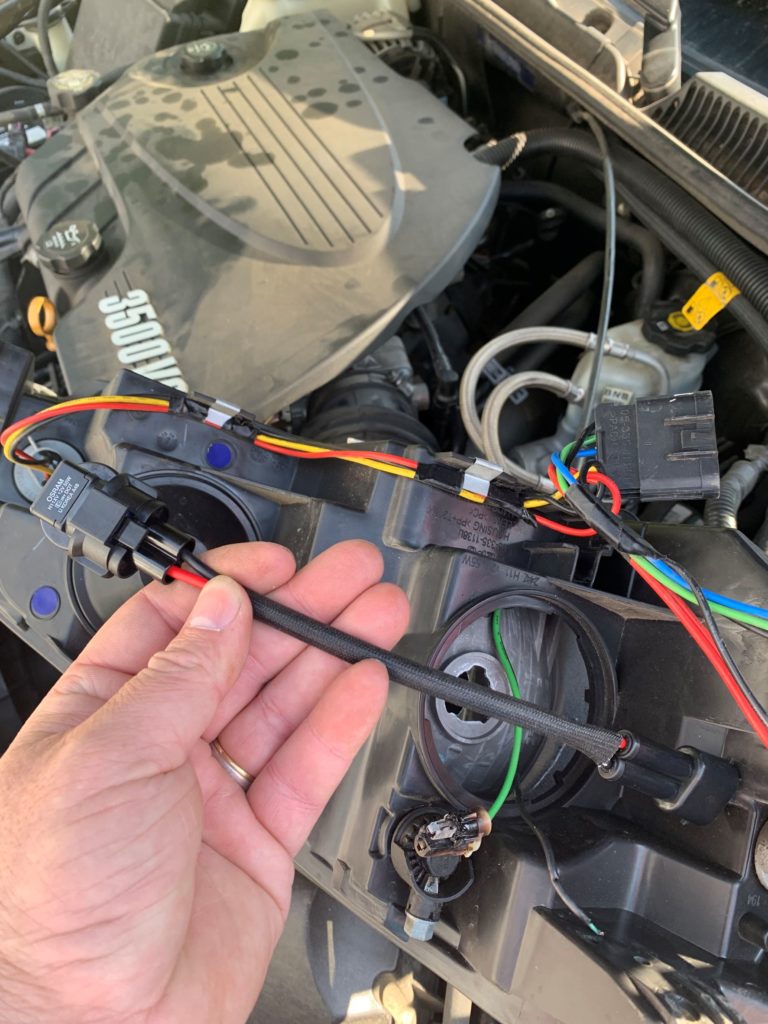


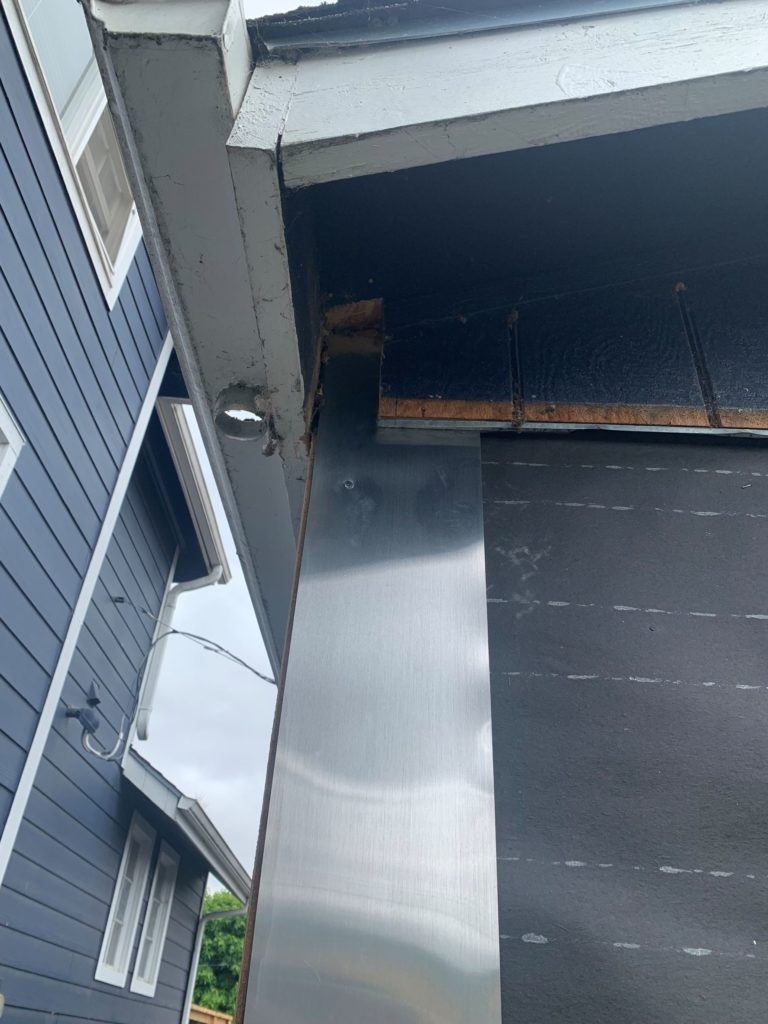

Recent Comments